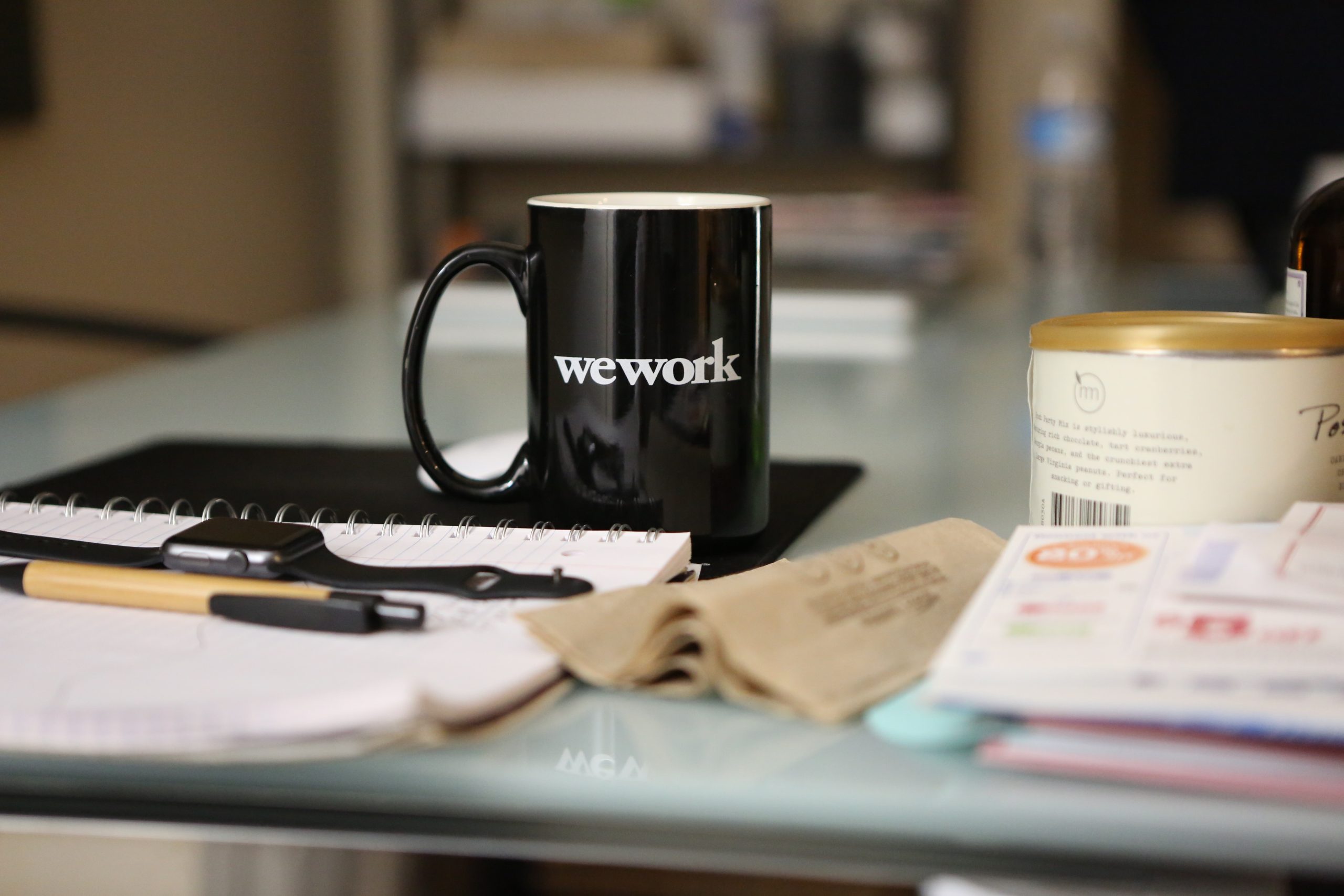The US economy has been on a rollercoaster ride in recent years, with ups and downs that have left many people wondering what the future holds. One of the most important factors driving economic growth is consumer spending: when people buy goods and services, they create demand for businesses to produce more, which leads to increased employment and economic activity. However, there are signs that US consumer spending is stalling, which could have serious implications for the overall health of the economy. In this blog post, we’ll explore why this trend is happening and what it means for our collective future. So buckle up and let’s dive into the world of consumer spending!
Consumer spending is the lifeblood of the economy, and when it slows down, so does the overall economy
Consumer spending is the driving force behind economic growth, and it accounts for a significant portion of the GDP. Without consumer spending, businesses would not have the revenue they need to invest in new products or services or expand their operations. This could lead to decreased employment opportunities and lower wages for workers.
When consumers are hesitant to spend money, this can cause a ripple effect throughout the entire economy. Businesses that rely on consumer dollars may struggle to stay afloat, which could lead to layoffs and further reductions in consumer confidence.
In addition, when there is less demand for goods and services, prices tend to drop. While this can be good news for consumers who are looking for deals, it can also hurt businesses who rely on high prices as part of their business model.
Ultimately, a slowdown in consumer spending can negatively impact nearly every aspect of the economy. It’s important that we pay attention to these trends so we can take steps to mitigate potential negative effects before they become too severe.
There are a few reasons consumer spending is slowing down
Consumer spending is the backbone of any economy, and when it slows down, it can be a cause for concern. There are several reasons why consumer spending is slowing down in the US.
One reason is that many consumers are still feeling uncertain about the future of the economy. The pandemic has caused a great deal of instability, which has made many people hesitant to spend money on non-essential items.
Another factor contributing to slower consumer spending is rising inflation rates. As prices continue to increase, consumers may find themselves with less disposable income and may need to cut back on their purchases.
Additionally, there have been supply chain disruptions due to global shipping issues caused by COVID-19 restrictions. This has led to shortages of certain products and increased prices for others.
These factors have created an environment where consumers are less willing or able to spend as freely as they once did. While this slowdown may be concerning in the short term, it’s important for both businesses and individuals alike to adjust their expectations and prepare accordingly for a potentially slower economic climate in the coming months.
Some key indicators of consumer spending
There are several key indicators that economists and analysts use to measure consumer spending. One important factor is retail sales, which refers to the purchases made at stores across the country. Retail sales can provide insight into how much money consumers are willing to spend on goods such as clothing, electronics, and furniture.
Another indicator of consumer spending is personal income levels. When people have more money in their pockets due to higher salaries or bonuses, they tend to spend more freely. On the other hand, when income levels drop or remain stagnant, consumers may be less likely to make big-ticket purchases.
Credit card usage is also closely monitored as an indicator of consumer spending habits. Higher credit card usage typically indicates that consumers are feeling confident about their financial situation and are comfortable making purchases on credit.
Housing data provides a crucial piece of information for understanding consumer behavior. When home prices rise or fall dramatically in a particular area, it can impact local economies and affect how much money people have available for discretionary spending.
By tracking these key indicators of consumer spending over time, economists can gain valuable insights into trends around household budgets and purchasing patterns.
What this means for the future of the economy
The slowdown in consumer spending has serious implications for the overall economy. If consumers are not buying, businesses will struggle to sell their products and services, which can lead to layoffs and business closures. This, in turn, can create a vicious cycle of reduced income and weaker demand.
One potential outcome of slowing consumer spending is a recession. When there is less money flowing through the economy, it can stall economic growth and even cause negative growth. The Federal Reserve may also need to step in with monetary policy measures such as lower interest rates or stimulus packages to jump-start the economy.
Another impact of slowed consumer spending could be rising prices. Businesses may raise prices on their goods or services if they are not selling as much as they would like. This increase in prices can then contribute to inflation, making it more expensive for consumers to purchase what they need.
A decrease in consumer spending signals that Americans are feeling uncertain about the future of the economy. As such, it’s important for policymakers and individuals alike to take steps towards stability by implementing sound fiscal policies at both levels – national and personal finances – so we don’t fall into an economic abyss once again.
How to prepare for a slower economy
Preparing for a slower economy can be challenging, but it is essential to do so in order to mitigate any negative impacts on your finances. One way to prepare is by reducing debt and increasing savings. This will provide a cushion during hard times, allowing you to continue paying bills and expenses.
It is also important to evaluate your spending habits and cut back on non-essential items. Focus on purchasing only what you need rather than what you want. Creating a budget that reflects these changes can help keep track of expenses and ensure that money is being used efficiently.
Another way to prepare for a slower economy is by diversifying income streams or finding alternative sources of income. Consider investing in stocks or real estate, starting a side hustle or exploring freelance opportunities.
Stay informed about the state of the economy through reliable news sources and seek professional financial advice if needed. Staying proactive and prepared can help weather any economic downturns with more ease and stability.
Conclusion
The stalling of US consumer spending is a cause for concern. It is a sign that the economy may be headed towards slower growth in the near future. However, by understanding some of the reasons behind this trend and taking steps to prepare for it, individuals and businesses can weather any slowdown in economic activity.
One key step is to focus on saving money and reducing debt levels. This can provide a buffer against any future financial difficulties. Additionally, investing in assets such as stocks or real estate may offer opportunities for growth even during an economic downturn.
Ultimately, while consumer spending trends are important indicators of overall economic health, they should not be viewed as definitive predictors of future performance. By remaining vigilant and adaptable in their approach to personal finance or business planning strategies, individuals can navigate through any challenges that arise with confidence and success.










